Facebook has become so ingrained in our daily lives that it’s almost impossible to imagine a world without it. What started as a modest online directory for college students has ballooned into a colossal social networking service, connecting billions across continents and profoundly altering how we interact, share, and consume information. It’s a platform that has not only mirrored societal shifts but often instigated them, for better or worse. While its ubiquitous blue interface might seem simple, the story behind its rise is anything but.
Before Facebook became the global behemoth known today, its inception was rooted in the very fabric of university life, albeit with a touch of controversy and entrepreneurial spirit. From the hallowed halls of Harvard to the worldwide web, the journey has been filled with innovative leaps, strategic pivots, and a constant battle for user engagement. Its trajectory is a fascinating narrative of ambition, technological evolution, and the complex challenges that accompany unprecedented scale.
So, prepare to embark on a captivating journey through the annals of Facebook’s history. We’ll peel back the layers to reveal the intriguing facts, the pivotal moments, and the stories behind some of the most iconic features that shaped this social media giant. Get ready to discover the lesser-known details and the monumental decisions that forged one of the most influential platforms of our time.
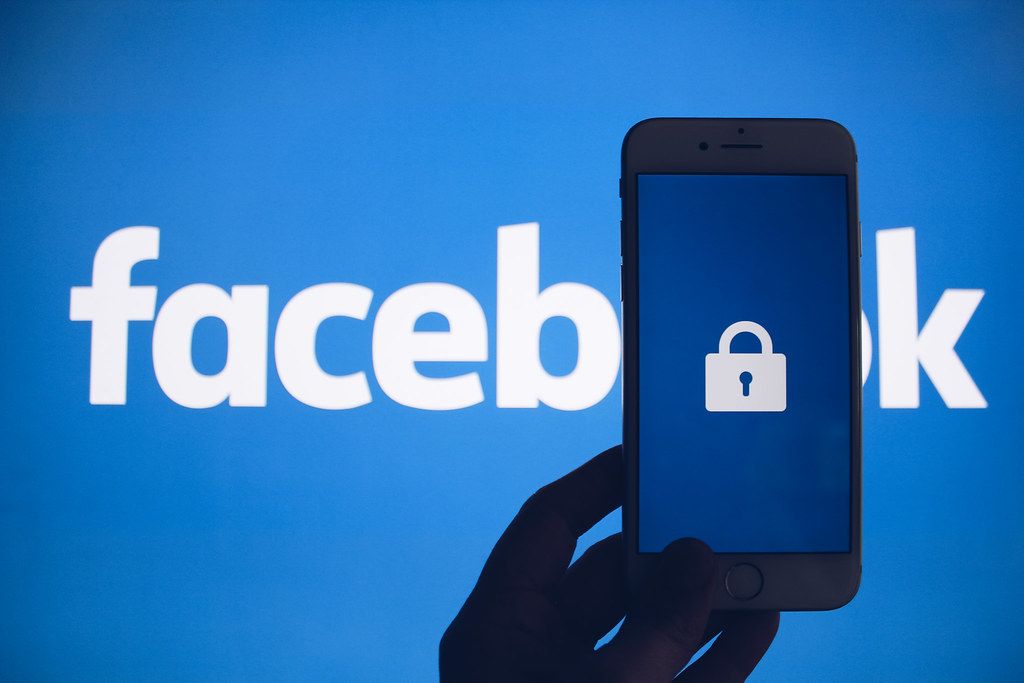
1. The Genesis: From Facemash to TheFacebook
The story of Facebook truly begins with Mark Zuckerberg’s early, rather audacious, experiments during his time at Harvard University. In 2003, he built a website called “Facemash.” This site was famously compared to “Hot or Not” and allowed users to rate the attractiveness of fellow students by choosing the ‘hotter’ person from photos sourced from online face books. It was a controversial endeavor that landed Zuckerberg in hot water, facing potential expulsion from the university, though ultimately, the charges were dropped.
Despite the controversy, the concept of a “face book” – a student directory featuring photos and personal information – was clearly on Zuckerberg’s mind. Recognizing the inherent value and demand for such a tool, he envisioned a more centralized and beneficial website. In January 2004, he began coding a new site, which he named “TheFacebook.” His conviction was clear: “It is clear that the technology needed to create a centralized Website is readily available … the benefits are many.” This marked the true birth of what would become a global phenomenon.
With a shared vision and an initial investment of $1,000 from fellow Harvard student Eduardo Saverin, Zuckerberg officially launched “TheFacebook” on February 4, 2004. Initially, membership was strictly confined to students of Harvard College, fostering an exclusive environment that only added to its allure. It was a humble start, but the foundation for a revolutionary social network had been laid.
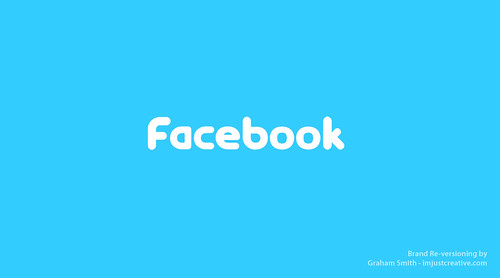
2. Early Growth and Key Players
The immediate success of “TheFacebook” within Harvard quickly necessitated additional help to manage its burgeoning growth. Zuckerberg was soon joined by roommates and fellow Harvard students Dustin Moskovitz, Andrew McCollum, and Chris Hughes. This core team played a crucial role in expanding the site’s capabilities and reach during its formative period, transforming it from a solo project into a collaborative endeavor with serious potential.
Following its initial success at Harvard, “TheFacebook” progressively became available to most universities across the United States and Canada. This strategic expansion allowed the network to tap into a wider pool of young, tech-savvy users, accelerating its growth trajectory. The exclusivity of being a college-only network fueled its desirability, making it a must-have for students looking to connect with their peers online.
In 2004, a significant boost came with the involvement of Napster co-founder Sean Parker, who became the company’s president. His experience in the tech industry was invaluable. This period also saw the company relocate to Palo Alto, California, moving closer to the heart of Silicon Valley’s innovation hub. Furthermore, PayPal co-founder Peter Thiel provided Facebook with its crucial first investment, signaling serious industry confidence in the young startup. A year later, in 2005, the company cemented its identity by purchasing the domain name Facebook.com, officially dropping the “the” from its name and simplifying its brand for a broader audience.
Read more about: Gone but Not Forgotten: 10 Deep Cuts from the 70s That Defined an Era, Rarely Heard Today
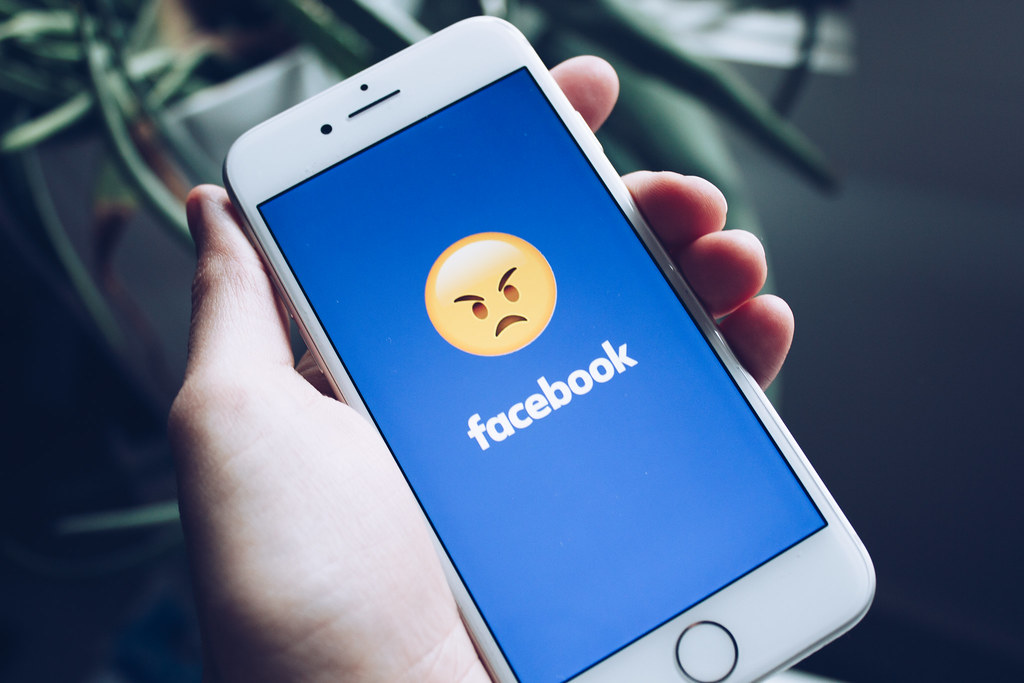
3. Opening to the World: The Age of Universal Access
The year 2006 marked a monumental shift in Facebook’s strategy and accessibility. Up until this point, the platform had largely been confined to educational institutions. However, in a move that dramatically broadened its horizons, Facebook opened its doors to everyone at least 13 years old with a valid email address. This decision transformed Facebook from a niche college networking site into a truly global social networking service, laying the groundwork for its explosive user growth.
The impact of this decision was immediate and profound. Facebook’s user base began to surge, reaching incredible milestones year after year. By December 2023, the platform boasted an astonishing almost 3.07 billion monthly active users worldwide, a testament to its pervasive global reach. It wasn’t just a website; it was a phenomenon, becoming the most downloaded mobile app of the entire 2010s, solidifying its position as a dominant force in the digital landscape.
This universal accessibility meant that Facebook could now be accessed from virtually any device with internet connectivity – personal computers, tablets, and smartphones. Users could register, create detailed profiles revealing personal information, and then share text, photos, and multimedia content. This content could be shared with “friends” who had agreed to connect, or, with different privacy settings, posted publicly. The ability to communicate directly via Messenger, edit messages, join common-interest groups, and receive notifications further cemented Facebook’s role as a central hub for social interaction.
Read more about: 11 Proven Strategies: The Essential Habits Top Podcasters Use to Skyrocket Audience Engagement and Retention
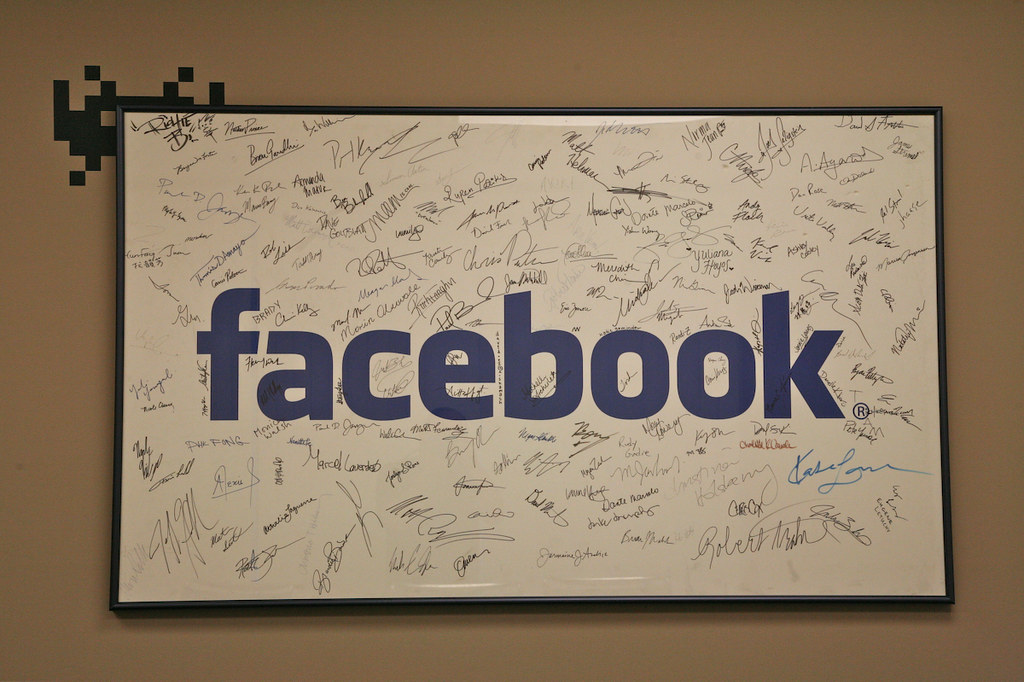
4. The News Feed Revolution
One of Facebook’s most transformative features, the News Feed, was introduced with the aim of becoming central to user engagement. Appearing on every user’s homepage, it highlights a stream of information including profile changes, upcoming events, and friends’ birthdays. This innovation dramatically changed how users consumed content on the platform, moving beyond individual profile visits to a dynamic, real-time aggregate of activities from their network.
Initially, the News Feed was met with a significant backlash from users. Many complained that it was overly cluttered and saturated with undesired information. There were also considerable privacy concerns, as users worried it made it too easy for others to track their activities, such as relationship status changes or private conversations. Mark Zuckerberg publicly apologized for the site’s initial failure to include appropriate privacy features. In response, Facebook quickly empowered users with greater control, allowing them to prevent certain categories of friends from seeing updates about specific activities, thus restoring a crucial sense of privacy and autonomy.
The technical brilliance behind the News Feed is underpinned by the EdgeRank algorithm, which governs the sorting and display of stories, ensuring relevant content reaches users. Over the years, Facebook has continuously evolved the News Feed, integrating features like the App Center to discover applications, “Instant Articles” in association with major news portals to provide news directly within the feed, and “Facebook Stories” for ephemeral content following the Snapchat format. In October 2017, 3D Posts were introduced, allowing for interactive 3D assets. A significant shift came in January 2018 when Facebook announced it would prioritize friends/family content and de-emphasize content from media companies, aiming to foster more meaningful interactions.
Adding to its intricate relationship with media, Facebook pledged in February 2020 to invest $1 billion over three years to license news material from publishers, a move prompted by global scrutiny over not paying for news content. This was in addition to the $600 million already paid since 2018. However, Facebook’s advertising model faced a major challenge in March and April 2021 with Apple’s “App Tracking Transparency” policy on iOS devices, requiring user opt-in for tracking. Facebook campaigned against it, arguing the impact on small businesses, but ultimately, the policy’s rollout in April 2021 saw 96% of US iOS users, and only 12% worldwide, not permitting tracking, a situation many news outlets dubbed “Facebook’s nightmare,” despite Facebook’s claims it would be “manageable.”
Read more about: Remember Them? 15 Celebrities Who Are Legit Unrecognizable From 10 Years Ago (And Will Make You Say ‘Wait, What?!’)

5. The “Like” Button and Emotional Reactions
Among Facebook’s most recognizable and universally understood features is the “like” button, instantly identifiable by its iconic “thumbs up” icon. First enabled on February 9, 2009, this simple yet revolutionary tool transformed user interaction. It allowed users to effortlessly express approval or acknowledgement for status updates, comments, photos, videos, shared links, and even advertisements, fundamentally changing the dynamic between content and audience.
Beyond simply expressing approval, the “like” button had a significant impact on content visibility. Once clicked, the designated content became more likely to appear in the News Feeds of the user’s friends, effectively acting as a signal of interest and relevance. The button also prominently displays the number of other users who have liked the content, adding a layer of social proof and encouraging further engagement. Its utility was expanded in June 2010, when the “like” button was extended to individual comments, allowing for more granular feedback within conversations.
The evolution of expressing sentiment on Facebook didn’t stop with a simple ‘like.’ In February 2016, Facebook expanded this feature into “Reactions,” offering users a more nuanced spectrum of emotions. Alongside the traditional “Like,” users could now choose from five predefined emotions: “Love,” “Haha,” “Wow,” “Sad,” or “Angry.” This enhancement provided a richer way for users to convey their feelings, moving beyond a binary positive affirmation to encompass a wider range of human responses to content.
In a gesture reflecting global events and collective sentiment, Facebook further adapted its Reactions during the COVID-19 pandemic. In late April 2020, a new “Care” reaction was introduced, symbolizing solidarity and empathy. This adaptation showcased Facebook’s capacity to evolve its core interaction mechanisms in response to real-world contexts, providing users with a tool to express support and concern during challenging times.
Read more about: Unfiltered & Unforgettable: The 12 Most Controversial Music Videos Banned by Major Networks
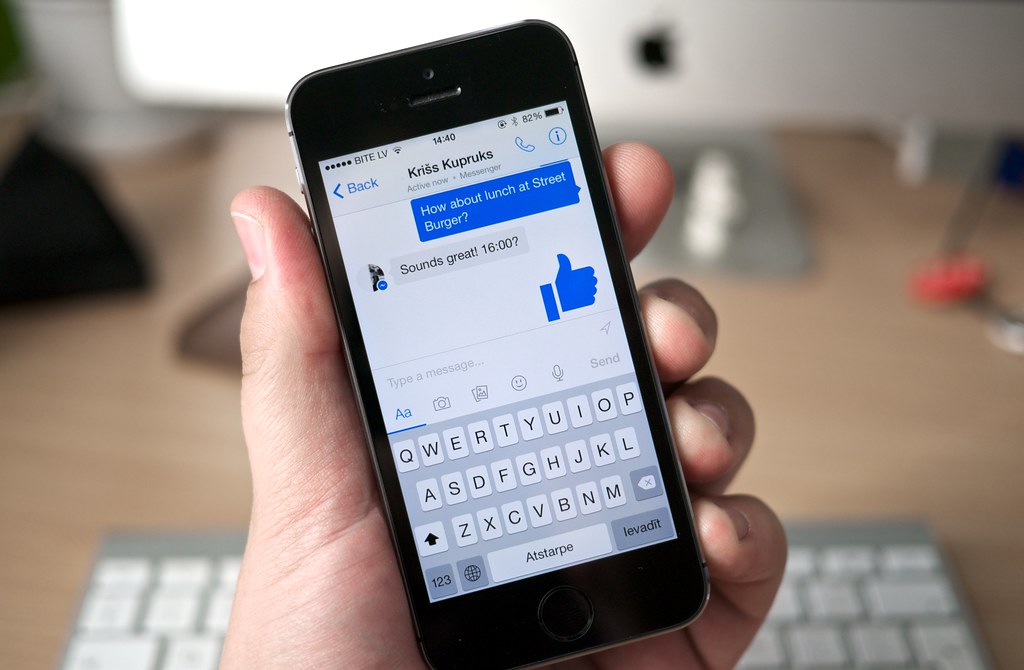
6. Messenger’s Transformation
Facebook Messenger, now a ubiquitous instant messaging service and software application, had humble beginnings as “Facebook Chat” in 2008. Initially an embedded feature within the main Facebook platform, it provided a simple way for users to communicate directly with their friends without leaving the social network. This integrated chat laid the groundwork for a more robust messaging experience.
The service underwent a significant revamp in 2010, improving its functionality and user interface. However, the most pivotal transformation occurred in August 2011, when Messenger officially became a standalone mobile app. While it remained accessible as part of the user page on web browsers, its separation into a dedicated application signaled Facebook’s commitment to creating a powerful, independent messaging platform. This move allowed Messenger to evolve rapidly, incorporating features essential for modern digital communication.
Complementing regular text-based conversations, Messenger quickly expanded its capabilities to include one-to-one and group voice calls, and eventually, video calls. These additions turned Messenger into a comprehensive communication hub, allowing users to connect in a more personal and immediate way. The Android app notably integrated support for SMS, further consolidating messaging experiences, and introduced “Chat Heads” – those distinctive round profile photo icons that hover on-screen, regardless of what other app is open, providing persistent and convenient access to conversations.
Both the Android and iOS Messenger apps also embraced crucial features like multiple account support, conversations with optional end-to-end encryption for enhanced privacy, and “Instant Games,” allowing friends to play together directly within the chat interface. However, some advanced features, such as sending money and requesting transportation, remained limited primarily to the United States, showcasing a phased rollout based on regional market needs and regulatory considerations.
Messenger continued to innovate at a rapid pace. In 2017, Facebook rolled out “Messenger Day,” a feature reminiscent of Snapchat and Instagram Stories, enabling users to share photos and videos with all their friends, with the content disappearing after 24 hours. “Reactions” were also added, allowing users to tap and hold a message to add an emoji reaction, similar to the main Facebook platform. For group conversations, the “Mentions” feature was introduced, enabling users to type ‘@’ followed by a name to directly notify a specific person within the chat, ensuring important messages grab attention.
More recently, April 2020 saw the introduction of “Messenger Rooms,” a video chat feature designed to accommodate up to 50 people at a time, competing directly with popular video conferencing services. Security was also bolstered in July 2020 with the “App Lock” feature for iOS users, allowing them to secure their chats using Face ID or Touch ID. A major cross-platform integration arrived on October 13, 2020, with the introduction of cross-app messaging with Instagram, which fully launched in September 2021. This integration also brought a new Messenger logo, a vibrant amalgamation of the Messenger and Instagram visual identities, signifying a unified messaging ecosystem under Meta.
Beyond personal communication, Messenger has developed into a powerful tool for businesses. Features now allow businesses and users to interact for purposes such as tracking purchases, receiving notifications, and engaging with customer service representatives. Third-party developers can also integrate their apps into Messenger, letting users seamlessly enter an app from within Messenger and optionally share details into a chat. This opened the door for developers to build chatbots, with news publishers, for instance, using bots to distribute news. Companies like respond.io, Twilio, and Manychat have leveraged these APIs to create advanced chatbots and automation platforms for commercial use.
An interesting internal development is the “M virtual assistant” (available in the U.S.), which scans chats for keywords and proactively suggests relevant actions, such as utilizing its payments system if users mention money. Group chatbots are integrated as “Chat Extensions,” enhancing collaborative interactions. Furthermore, a “Discovery” tab allows users to find bots, and special branded QR codes, when scanned, direct users to specific bots, streamlining interaction with automated services and brands.” , “_words_section1”: “1947
Read more about: Bruce Springsteen’s Vehement Stand: Why Trump Embodies the 25th Amendment’s Purpose
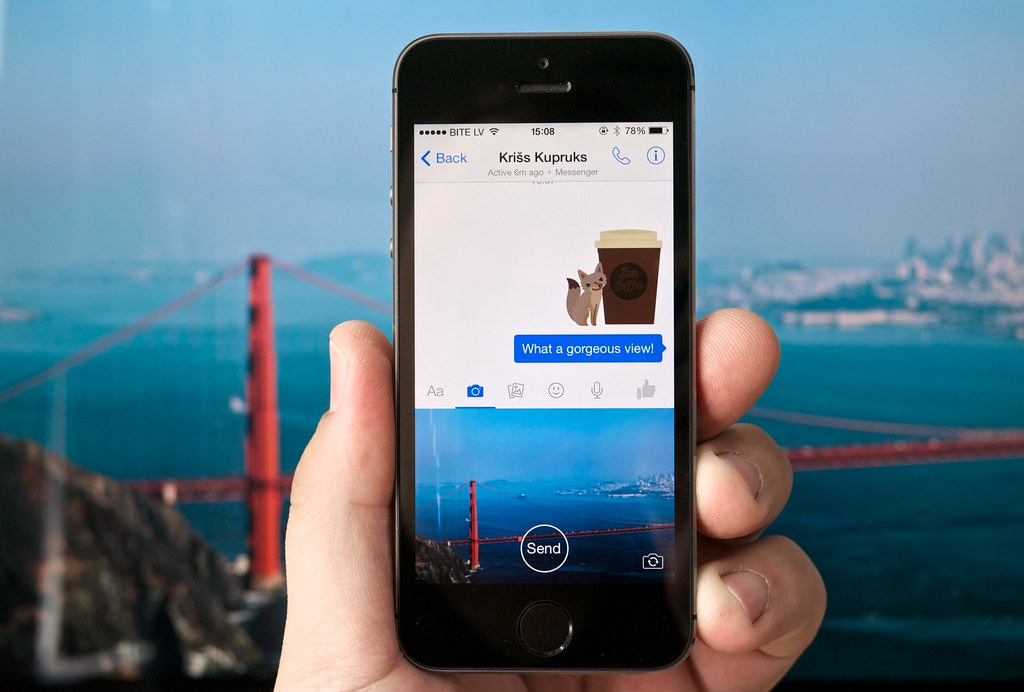
7. Unpacking Facebook’s Technical Backbone: From PHP to HHVM
Ever wondered what makes Facebook tick behind that familiar blue interface? The technical journey of Facebook is as fascinating as its user growth, beginning with PHP, a simple scripting language. Mark Zuckerberg and his team used PHP to quickly develop dynamic content and manage server-side data for “TheFacebook.” It’s quite remarkable to think a global behemoth started on such accessible technology, instrumental in its rapid deployment and initial iterations.
As Facebook’s user base exploded, standard PHP faced scalability challenges. Engineers developed the revolutionary HipHop Virtual Machine (HHVM), significantly boosting PHP code execution speed and efficiency on Facebook’s massive server infrastructure. The site also upgraded from HTTP to the more robust HTTPS in January 2011, a crucial step for handling sensitive user data and bolstering security at scale. Under the hood, Facebook’s 2012 architecture was a monolithic application, compiling into a 1.5 GB binary blob distributed via a custom BitTorrent system in just 30 minutes with zero downtime, highlighting unparalleled agility.
Data storage relied on HBase, with events logged and aggregated by Scribe and Ptail. Puma managed high traffic, optimizing operations. While the UI displayed PHP output, the backend was Java, with Thrift bridging them. Caching expedited page display, and data went to MapReduce servers for Hive querying, a vital backup. Facebook also used its own CDN and, in 2014, unveiled Hack, its open-source programming language, with much of the platform already running on it. This showcases an engineering marvel built for unparalleled scale and continuous innovation.
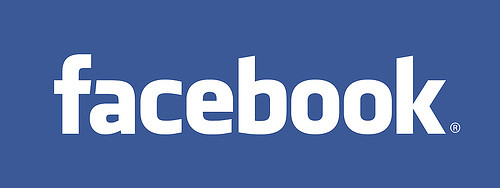
8. The Engine of Growth: Facebook’s Monetization and Strategic Acquisitions
Facebook didn’t just grow in users; it became a financial powerhouse, driven by a shrewd business model centered on targeted advertising. This monetization strategy, analyzing vast user data for relevant ads, proved incredibly effective, fueling rapid financial ascent. By late 2007, 100,000 pages promoted companies, signaling burgeoning commercial potential and transforming user data into a goldmine for advertisers.
The platform’s strength caught Microsoft’s eye. In 2007, Microsoft purchased a 1.6% share for $240 million ($364 million in 2024 dollars), implying a $15 billion ($22.7 billion in 2024 dollars) valuation. This investment solidified its major player status. In 2012, Facebook went public with one of the largest IPOs in tech history, symbolizing its maturation and global ambitions.
Beyond organic growth and advertising, strategic acquisitions played a critical role. In 2012, Facebook acquired Instagram, neutralizing a competitor and expanding its reach. Two years later, in 2014, it made two more colossal purchases: WhatsApp, the leading mobile messaging service, and Oculus VR, a pioneering virtual reality company. These moves demonstrated foresight, extending its empire beyond social networking into messaging and the nascent realm of virtual reality.
Facebook also navigated complex media relationships, pledging $1 billion over three years (starting 2020) to license news material from publishers, in addition to $600 million paid since 2018. This addressed global scrutiny over content compensation. However, its advertising model faced a significant hurdle with Apple’s “App Tracking Transparency” (ATT) policy in 2021, requiring user opt-in for tracking. Despite Facebook’s campaign, 96% of US iOS users, and 12% worldwide, opted out. This “Facebook’s nightmare” scenario highlighted continuous revenue challenges, despite claims it would be “manageable.”
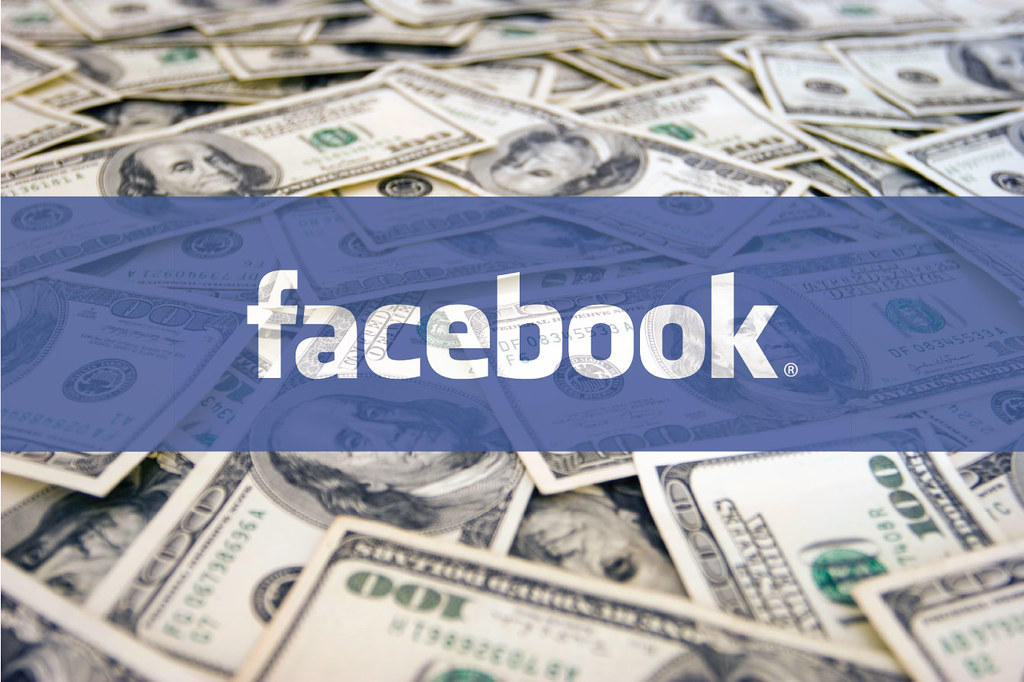
9. A Constant Battle: Facebook’s Evolving Privacy Policies and Scandals
Facebook’s narrative is inextricably linked with a constant, contentious dance around user privacy. From its earliest days, controversies over data collection, storage, and sharing led to repeated adjustments of privacy settings. This tightrope walk between connecting people and protecting information often saw Facebook tripping, with its targeted advertising model inherently raising privacy flags due to reliance on vast user data analysis.
Significant moments included the November 2011 FTC settlement for misleading consumers. More unsettling was the 2013 revelation of Facebook’s participation in the PRISM program since 2009, allegedly sharing audio, video, photos, emails, and connection logs with the US National Security Agency. This deep involvement ignited furious debate about corporate responsibility and civil liberties.
The company’s struggles continued with incidents like a 2013 study showing Facebook accessed links in messages, leading to a lawsuit. In June 2018, a bug set 14 million users’ new posts to “public” by default, eroding trust. Concerns over data-sharing with foreign companies like Huawei were scrutinized by US lawmakers. Most alarmingly, in April 2019, half a billion user records were exposed on Amazon cloud servers, containing names, passwords, emails, and friend details. Months later, 200 million user phone numbers were found on an open online database.
Further revelations came in March 2024 with “Project Ghostbusters,” a 2016 initiative to develop decryption tools for analyzing user traffic to Snapchat, YouTube, and Amazon via “man-in-the-middle attacks” using its Onavo tool. This exposed aggressive, privacy-compromising tactics. The concept of “shadow profiles,” where Facebook collects data on individuals (even non-users) without explicit permission through features like the “like” button or linked email accounts, further highlights its relentless, often hidden, data collection apparatus, leading to loss of trust from other tech players like Viber and Mozilla.
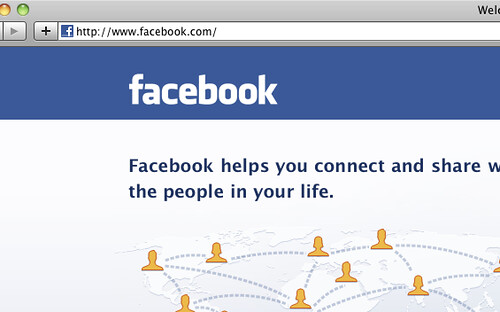
10. Facing the Music: Major Criticisms and Social Impact
Facebook’s colossal scale and pervasive influence made it a lightning rod for widespread criticism. While connecting billions, it has also been accused of exacerbating societal problems, from political manipulation to profound psychological effects. This highlights a company wrestling with the unintended consequences of its success, often struggling to balance growth with ethical responsibility and public trust.
One fervent critique involves its role in political manipulation and mass surveillance, notably after the 2016 U.S. elections and alleged PRISM involvement. The 2018 Cambridge Analytica scandal highlighted user data misuse to influence elections, sparking global outcry and fines. Frances Haugen, a former employee, stated, “Facebook’s products harm children, stoke division, and weaken our democracy.” While Zuckerberg acknowledged the need for updated internet regulations, the platform’s ability to shape democratic processes remains a significant concern.
Beyond politics, Facebook faced scrutiny over alleged harmful psychological effects like addiction, low self-esteem, jealousy, and stress, fostered by curated feeds. It was also criticized for content moderation failures, allowing proliferation of illegal or offensive material, including hate speech, incitement to violence, and fake news. Sri Lanka blocked Facebook in 2019 after riots, illustrating its potential as a vector for unrest. Commentators accused Facebook of willingly facilitating harmful content, prioritizing engagement. With 3 billion fake accounts removed in late 2018/early 2019, content control remains a monumental challenge, compounded by accusations of racial bias and antitrust investigations.
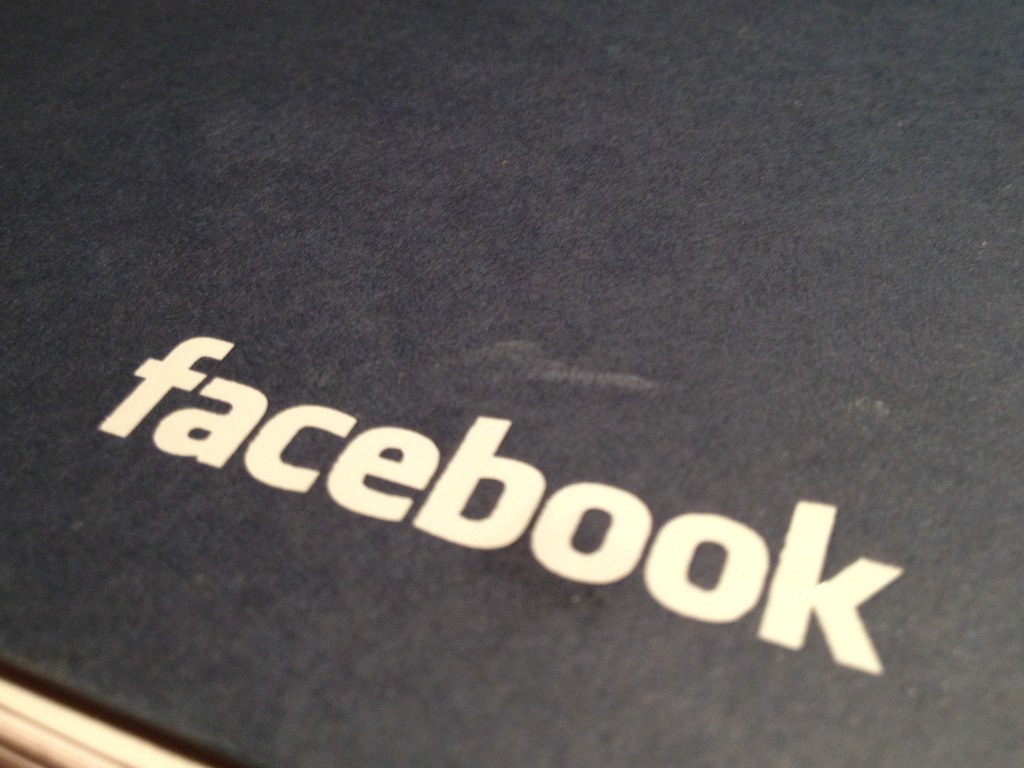
11. The Global Footprint: Userbase and Demographics
From its exclusive Harvard beginnings, Facebook’s user base underwent a staggering trajectory, transforming it from a niche college directory into a global phenomenon. Rapid growth began immediately; by 2008, 100 million users; by July 2010, 500 million, with half using it daily and 150 million on mobile. Milestones continued: October 2012 saw over one billion monthly active users, including 600 million mobile users, 219 billion photo uploads, and 140 billion friend connections. By June 2017, it crossed 2 billion users, becoming the world’s most popular social media platform. By December 2023, it claimed almost 3.07 billion monthly active users worldwide, demonstrating pervasive global reach and continuous expansion, earning its title as the most downloaded mobile app of the 2010s.
Despite global dominance, Facebook experienced user base shifts. From 2017-2019, U.S. users over 12 declined from 67% to 61% (15 million users), more pronounced among younger Americans (12-34 year olds dropped from 58% in 2015 to 29% in 2019). This U.S. decline coincided with Instagram’s rise (also Meta-owned), suggesting a shift within the ecosystem. Daily active users even saw a quarterly decline in late 2021 before rebounding.
Globally, demographics reveal insights: as of April 2023, India and the U.S. led in user numbers, followed by Indonesia, Brazil, Mexico, and the Philippines. Regionally in 2018, Asia-Pacific dominated with 947 million users, followed by Europe (381 million) and US-Canada (242 million). A notable trend over 2008–2018 was the decline in users under 34 to less than half of the total, indicating a maturing user base and broader appeal. Despite predictions of decline, Facebook consistently defies these, demonstrating remarkable resilience and adaptability.
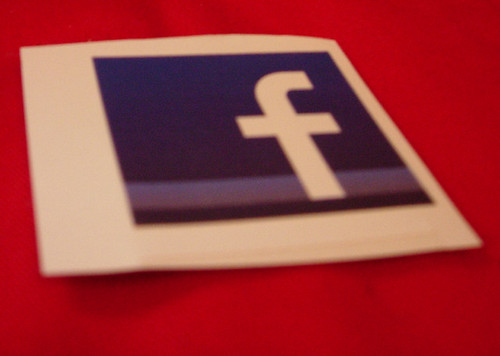
12. Beyond the Feed: The Metaverse and Future Horizons
As Facebook navigated rapid expansion, innovation, and controversies, it reached a pivotal moment of self-redefinition. In 2021, the company rebranded as Meta Platforms Inc., signaling a profound strategic pivot: the “metaverse.” Mark Zuckerberg’s ambitious vision aims to shift beyond 2D social networking into immersive virtual and augmented reality technologies, envisioning a future where digital interactions are more experiential and interconnected.
The metaverse concept, while nascent, represents a bold leap—a persistent, interconnected virtual world for work, play, socialize, and shop with unprecedented presence. Meta positions itself at the forefront of building this next internet iteration, leveraging vast resources and its 2014 Oculus VR acquisition as a cornerstone. This strategic shift isn’t just about new technology; it’s about shaping the very fabric of future digital social interaction, and is a response to prior criticisms around privacy and content moderation.
This evolution is an enormous undertaking, a bet on an entirely new paradigm of human-computer interaction, which could redefine social media. Zuckerberg’s $60 billion investment in Meta AI underscores commitment to this futuristic vision. However, the path isn’t without challenges: data privacy, content governance, and accessibility. Lessons from the “Facebook era”—concerning user safety, ethical design, and platform power—will be critical as Meta builds this immersive future, a journey from a college directory to an envisioned digital universe.
Ultimately, Facebook’s story, now Meta’s story, is one of relentless innovation, unprecedented global reach, and continuous adaptation. From its controversial beginnings in a Harvard dorm room to its current pursuit of an immersive metaverse, it has consistently pushed the boundaries of digital connection. The platform has undeniably shaped how billions of people interact, share information, and experience the world, leaving an indelible mark on society. As it continues to evolve, the impact of this social networking giant, in whatever form it takes, will undoubtedly remain a subject of fascination, debate, and profound consequence for generations to come.



